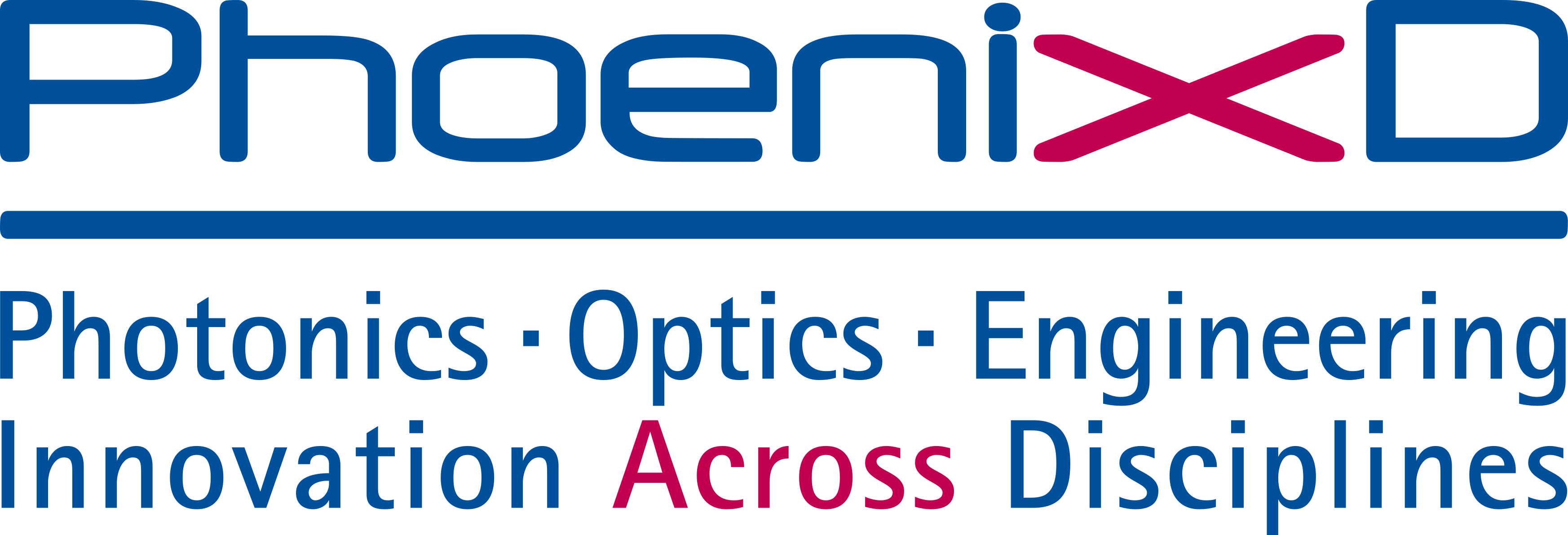Additive Manufacturing Under Lunar Gravity and Microgravity
- verfasst von
- B. Reitz, C. Lotz, N. Gerdes, S. Linke, E. Olsen, K. Pflieger, S. Sohrt, M. Ernst, P. Taschner, J. Neumann, E. Stoll, L. Overmeyer
- Abstract
Mankind is setting to colonize space, for which the manufacturing of habitats, tools, spare parts and other infrastructure is required. Commercial manufacturing processes are already well engineered under standard conditions on Earth, which means under Earth’s gravity and atmosphere. Based on the literature review, additive manufacturing under lunar and other space gravitational conditions have only been researched to a very limited extent. Especially, additive manufacturing offers many advantages, as it can produce complex structures while saving resources. The materials used do not have to be taken along on the mission, they can even be mined and processed on-site. The Einstein-Elevator offers a unique test environment for experiments under different gravitational conditions. Laser experiments on selectively melting regolith simulant are successfully conducted under lunar gravity and microgravity. The created samples are characterized in terms of their geometry, mass and porosity. These experiments are the first additive manufacturing tests under lunar gravity worldwide.
- Organisationseinheit(en)
-
Institut für Transport- und Automatisierungstechnik
PhoenixD: Simulation, Fabrikation und Anwendung optischer Systeme
- Externe Organisation(en)
-
Laser Zentrum Hannover e.V. (LZH)
Technische Universität Braunschweig
- Typ
- Artikel
- Journal
- Microgravity Science and Technology
- Band
- 33
- ISSN
- 0938-0108
- Publikationsdatum
- 04.2021
- Publikationsstatus
- Veröffentlicht
- Peer-reviewed
- Ja
- ASJC Scopus Sachgebiete
- Modellierung und Simulation, Allgemeiner Maschinenbau, Allgemeine Physik und Astronomie, Angewandte Mathematik
- Elektronische Version(en)
-
https://doi.org/10.1007/s12217-021-09878-4 (Zugang:
Offen)


